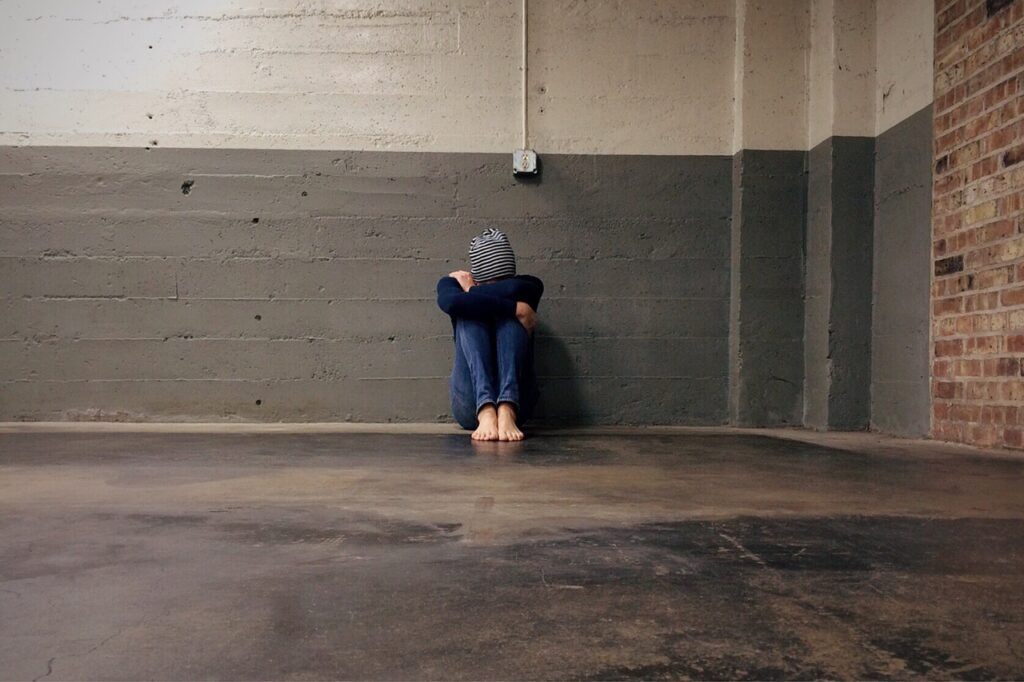
Housing instability was linked to chronic absenteeism, lower graduation rates, and higher suspension rates among students, of which Latinos and African Americans were most affected.
According to a study conducted by Stanford Universityin San Mateo County, one of California's wealthiest counties, about 2,600 students experienced housing instability between 2016 and 2019, making them six times more likely to be chronically absent from school and four times more likely to fail to graduate from high school.
Based on their deep relationships with the county's public school districts going back more than 20 years, the researchers obtained and analyzed three years of records from nearly all of its 23 districts.
Thus, through in-depth interviews with district staff, analysts identified key issues contributing to poor educational outcomes for homeless and housing insecure students, as well as potential solutions.
"This report provides a really sobering look at our own community and shows how we now have the opportunity to make a difference because we have this understanding," said Amy Gerstein, executive director of the John W. Gardner Center for Youth and Their Communities.
Gerstein, along with Stanford research associate Jayme Pyne, analyzed pre-pandemic school data from 2016-17 through 2018-19. They also conducted subsequent interviews with key district personnel during the pandemic, which gave them deeper insight and a district-level perspective on the unprecedented challenges of the past two years, they said.
The new report, released online April 19, marks the first time the scope and demographics of student homelessness, as well as housing instability, have been documented in San Mateo County, where the income gap is one of the most pronounced in the state.
"Even though we've seen investigative reports from other parts of California, people may say, 'Well, that's Los Angeles, not San Mateo County,'?" said Pyne.
For cities and local organizations looking for ways to help local students, the report provides aggregate outcome data that has been analyzed with housing instability as its focus. They can use that analysis, along with recommendations on how they can combine forces and how the county and state can provide uniform support and guidance, Gerstein said.
The researchers said that policymakers do not have a clear picture of the unique challenges faced by students experiencing housing instability.
The report revealed stark differences between students who are homeless and housing insecure - living temporarily with friends or relatives, or at risk of eviction - compared to those with stable family income and housing.
For example, students living with housing instability are disproportionately Latino, African American, and English language learners.
Homeless or "homeless" students also miss more days of school and do not complete high school at a higher rate than students with stable housing. They are also suspended from school two to five times more often, depending on grade level.
Their chronic absenteeism has a cascading effect: the more they miss school, the more invisible they become, Gerstein said, because instructional days and school community life are lost, and they may not be present when state tests are given.
Gerstein and Pyne found that homeless and housing instability students cluster in certain areas of San Mateo County.
The largest clusters include the Ravenswood City School District in East Palo Alto and the San Mateo-Foster City Elementary School District.
There are also marked income disparities across San Mateo County. Five elementary school districts serving 5,500 students reported no students with housing instability, while another elementary school district serving 4,100 students reported 1,500 students with housing instability during the three-year period.
For the researchers, it is very likely that the figures in both cases are underestimated.
"Students are almost certainly not being counted," the researchers concluded from their interviews.
There may be several reasons for this, they said, including perceived stigma around homelessness or fear of drawing attention to households with irregular immigration status, among other reasons.
In addition, COVID-19 likely worsened student housing instability and the undercount problem, district staff told investigators, as parents lost their jobs and moved out of the area, or were forced to double up.
"If we could accurately identify children who are struggling with their housing status and how chronic that is throughout the year and from year to year, it would give us a much richer picture of what's happening to them," Pyne said.
Gerstein noted that when some students face disciplinary problems at school, their behavior may be mistakenly attributed to other factors when the institution does not know that their families may be struggling with housing and other challenges such as food security.
In view of this, one of its main recommendations is to create coordinated and comprehensive support for families.
However, for these recommendations to be effective, greater awareness and coordination among sectors of the communities will be needed. State policy can also provide guidance and a more uniform approach, as well as financial support, the researchers concluded.
You may be interested in: SM County seeks to end homelessness by year-end


